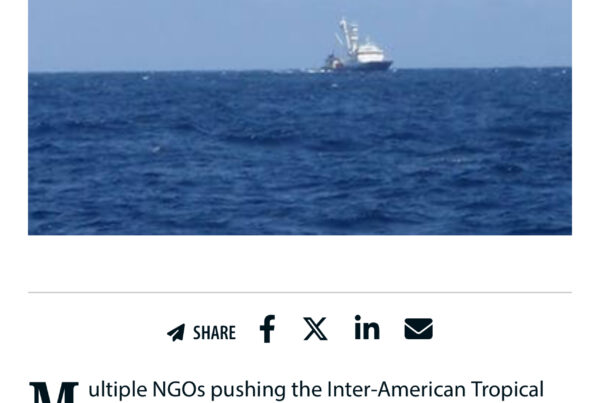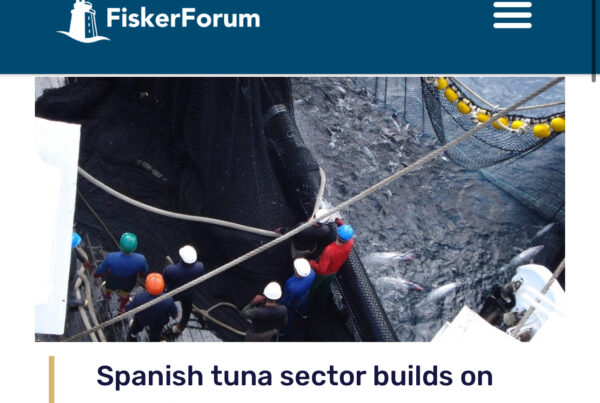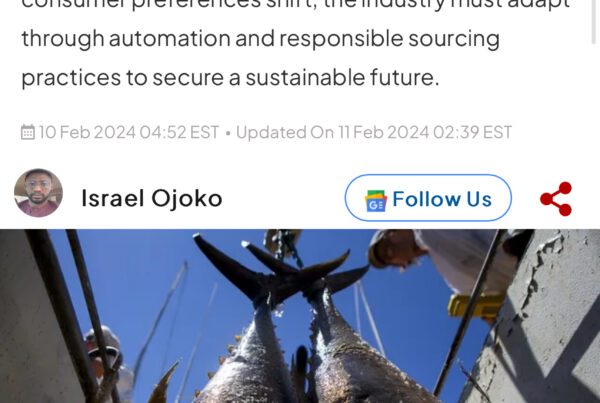NOAA’s National Marine Ecosystem Status Website Provides One-Stop Shop for Key Marine Ecosystem Data
NOAA has updated the National Marine Ecosystem Status website. This website launched in October 2020 and is designed for educators, outreach specialists, and the interested public to see how U.S. marine ecosystems are doing. The first major update includes some new indicators, such as marine species distribution indicators.
Connecting Fishermen to Food Banks in a Time of Need
The COVID-19 pandemic has brought disruption and hardship to families around the country, and the demand at food banks has increased dramatically. At the same time, fishermen and fish farmers had seafood but nowhere to sell it because of closures. Sensing a way to address two problems at once, several initiatives used grant money to purchase catch from fishermen and donate it to food banks.
Six Ways U.S. Fisheries Reduce Albatross Bycatch
Seabirds often flock to fishing vessels attracted by bait meant for fish. Albatrosses spend up to 90 percent of their lives soaring above the ocean. They are particularly at risk of getting accidentally hooked or entangled in fishing gear. NOAA Fisheries’ National Seabird Program has made great strides in protecting and conserving seabirds, like albatrosses, by working with fishermen to develop solutions.
Alaska
Signs of Hope for the World’s Most Endangered Great Whale
In 2017, NOAA Fisheries scientist Jessica Crance joined an international team to search for one of the world’s rarest large whales. What they found raises hope and contributes invaluable knowledge for the conservation and recovery of the little-understood, critically endangered eastern North Pacific right whale.
Beluga Whale Sounds Aid Scientific Understanding of When Whales are Hunting Prey
When listening to beluga whales, the sound of a crunch or a clapped jaw may be a reliable indication that a beluga just captured (or missed) a fish. In a new paper on beluga whales in Alaska, scientists analyzed sound data, collected over several years, to monitor beluga calls and other data. With these data they are gaining new insights into belugas’ diet, feeding behavior, and feeding habitats.
Pacific Islands
Challenges, Satisfaction, and Lots of Monk Seal Pups During 2021 Field Season
NOAA biologists have returned from monitoring and protecting Hawaiian monk seals and green sea turtles. There were two 5-month-long field camps in the Papahānaumokuākea Marine National Monument this field season.
Southeast
NOAA and Deepwater Horizon Trustees Report on Progress Restoring the Gulf of Mexico
Federal and state agencies are restoring the Gulf after the largest oil spill in the United States. $2.4 billion in settlement funds were committed to habitat and resource restoration through 2020. Settlement payments will continue through 2031.
New England/Mid-Atlantic
Go Slow. Whales Below. Right Whale Slow Zones Are in Effect
Right Whale Slow Zones are currently in effect near Atlantic City, New York City, and Nantucket. We’re asking all boaters to avoid these areas where North Atlantic right whales have recently been seen or heard, or transit through at 10 knots or less to help protect them from vessel collisions. Sign up for email or text notifications about the latest Right Whale Slow Zones.
Restoring Polluted Urban Areas Helps the Environment and Communities Rebound
NOAA and partners have supported communities through restoration at two urban Superfund sites in Massachusetts and Washington. We’re increasing access to parks, and getting locals involved in habitat restoration through training and job opportunities.
Grant Opportunities Announced for School District- and State-wide Environmental Literacy Efforts
The NOAA Chesapeake Bay Office announced two funding opportunities to support school district–wide and state-wide environmental literacy efforts. The Notices of Funding Opportunity are through the Chesapeake Bay-Watershed Education and Training (B-WET) program. A total of roughly $1.35 million, subject to appropriations, may be available to fund between 13 and 20 new projects.



